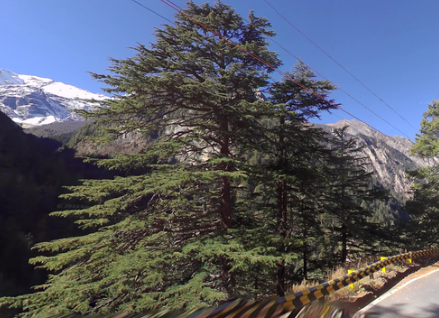India Plonkit+
1/150
There's no tags or description
Looks like no tags are added yet.
Name | Mastery | Learn | Test | Matching | Spaced |
|---|
No study sessions yet.
151 Terms
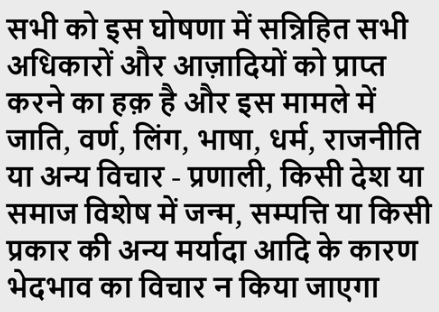
Uses the Devanagari script, which can be recognised by the line going through the top of each word and the straight vertical lines found in the majority of all letters.
Centre and N
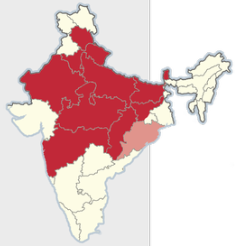
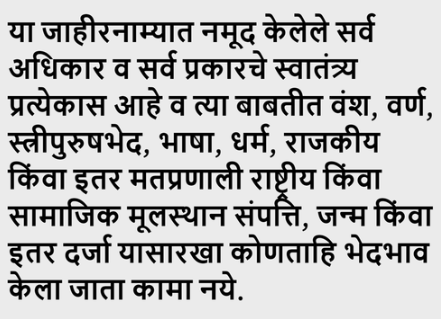
Uses the Devanagari script, however it sometimes uses the letter ळ which is not found in Hindi.
MH
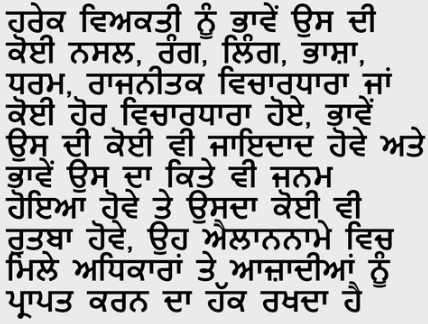
While the script looks somewhat similar to Hindi, it can generally be differentiated by the softer shape of the letters and the horizontal bar being broken over certain letters. It also has some distinctly different features, such as the letters ਨ, ਲ and ਅ as well as a diacritic in the shape of a soft curve beneath a letter.
PB
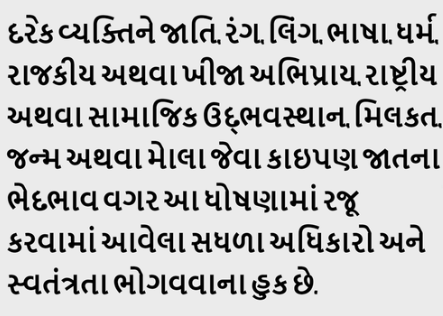
Has a script with several similarities to the Hindi script, however it notably lacks the horizontal line at the top of every word.
GJ
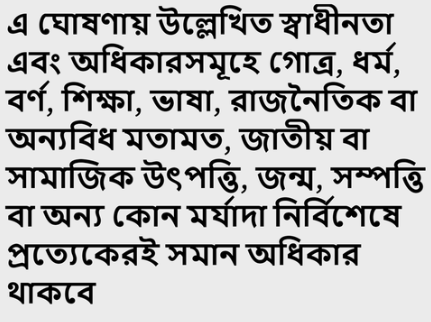
Has a similar look to Devanagari (Hindi), however it can usually be recognised by the many letters featuring left-facing triangular shapes.
WB

Uses the Bengali script, with the addition of some characters, most notably ৰ and ৱ.
AS
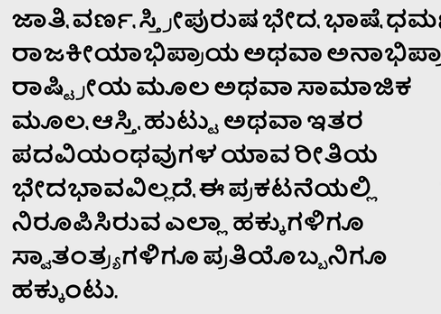
Has a script with a lot of smooth curves and small circles. It is very similar to the Telugu script, with Telugu having one additional feature described in the next tip. Many characters also feature a distinct squiggly tail in the top right corner, which is less common in Telugu.
KA
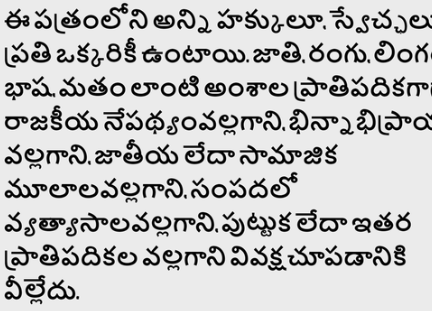
Has a script very similar to Kannada, but you’ll often see diacritics resembling checkmarks at the top of letters.
TG, AP
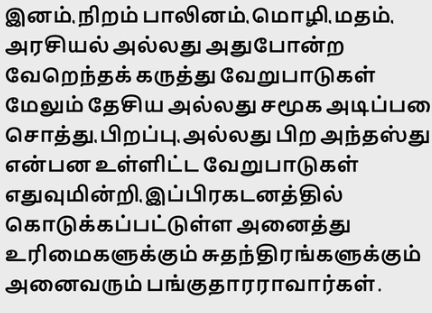
Has a distinct combination of curves, straight lines and 90° angles. Some letters also have diacritics shaped like dots.
TN

Has a curvy look, with many letters having wide semi-circles covering the top. Many letters have a distinct diacritic in the shape of a wide curve above the top of the letter. A useful mnemonic is that the shape of the characters resembles a skull emoji.
OR
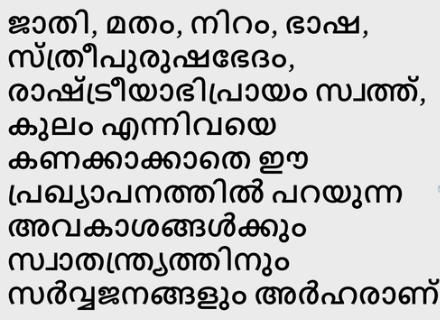
Consists of somewhat simple-looking curvy letters, often containing upside-down U-shapes.
KL
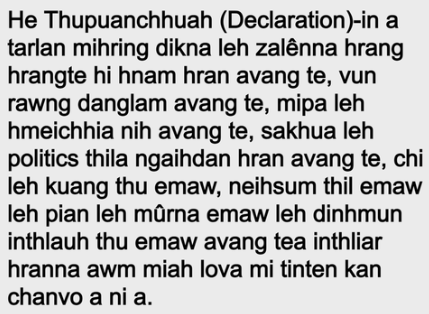
Uses the Latin script.
MZ
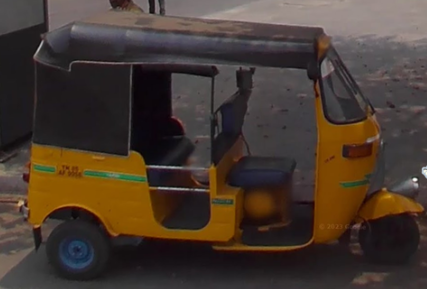
Yellow tuk-tuks with black roofs
TN, AP, TG
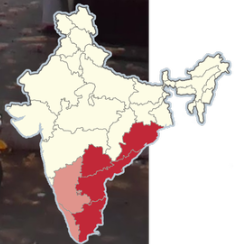
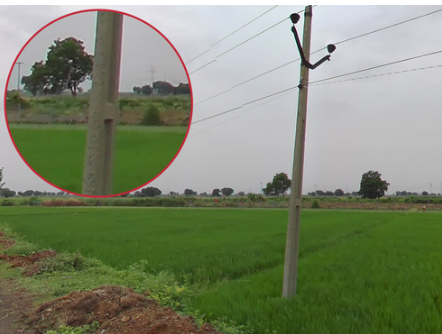
Poles divided in two sections, in a similar fashion to Brazilian poles
TG, AP
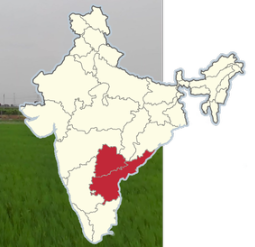
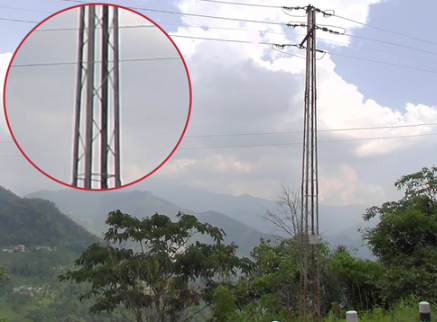
Metal poles with a mesh pattern
SK
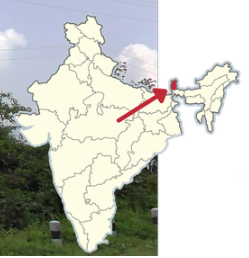
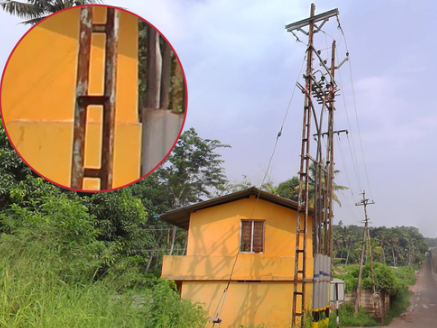
Metal holey poles - like ladders
KL
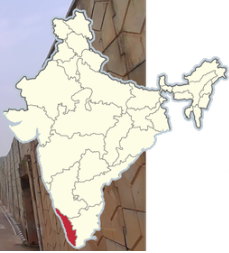
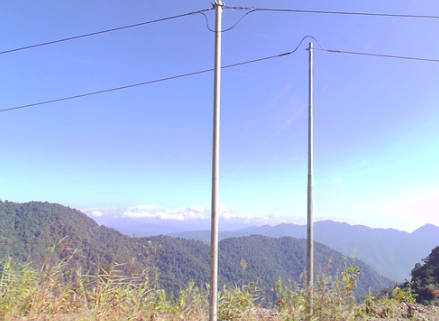
Grey metal poles; two poles often in close proximity
UK, HP
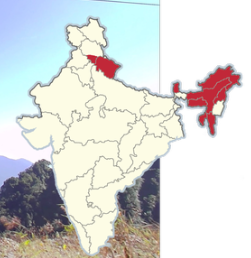

mint green with small window-like squares
PB, HR, CH, DL
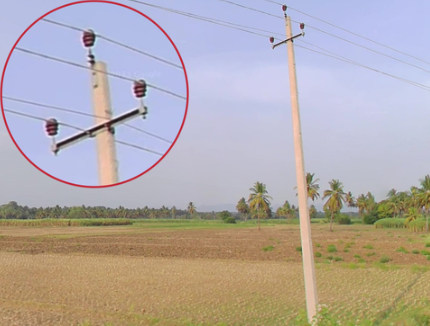
Trident poletops where the central insulator is attached directly to the top of the pole, while the other two are attached to a horizontal crossbar positioned slightly further down. There is also a variant having several bars instead of one.
KA occ HR
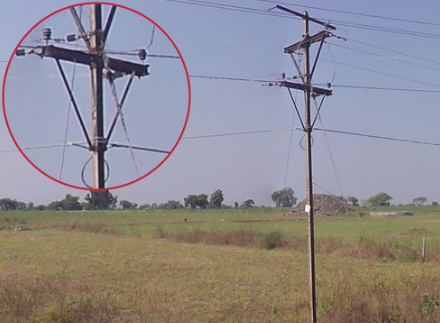
Upside down triangle poletops placed below the top of the pole
MH, CG, occ MP
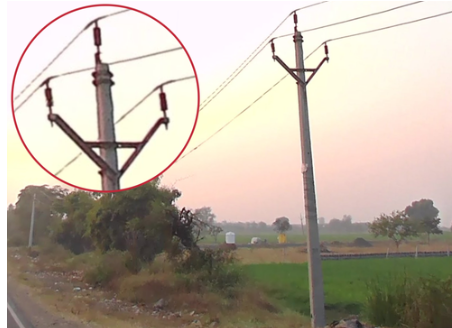
MP
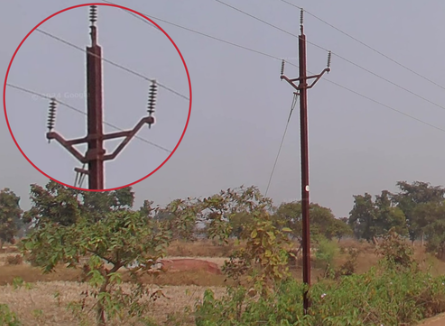
A connector on the pole which looks like an upside down trapezoid. NOTE: They can also be paired with Holey Poles in Gujarat and Ladder Poles in Andhra Pradesh, thus only use the trapezoid when no other pole meta is present.
CG, occ. ML and TR
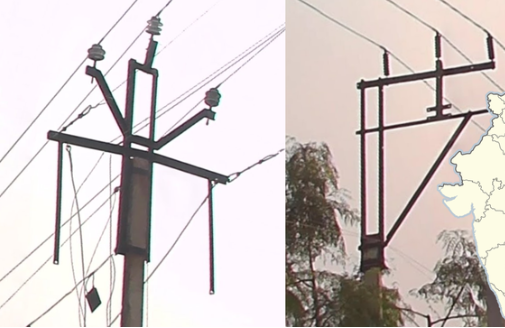
A variety of poletops attached to the pole with two vertical bars forming a tall and narrow rectangle
WB
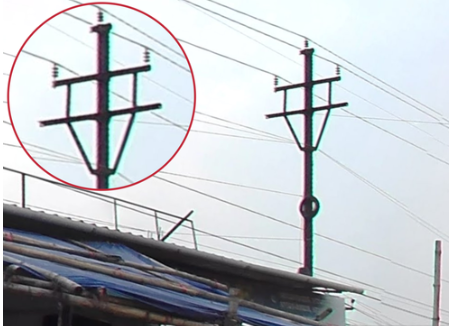
Poletops containing two crossbars which are connected to each other with thin vertical supports on either side. The lower bar is connected on either side to the pole with diagonal supports.
WB
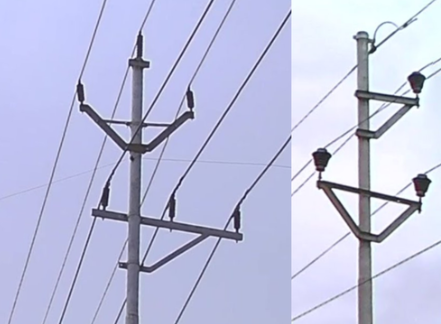
Poles with a combination of an even and uneven poletop.
NE
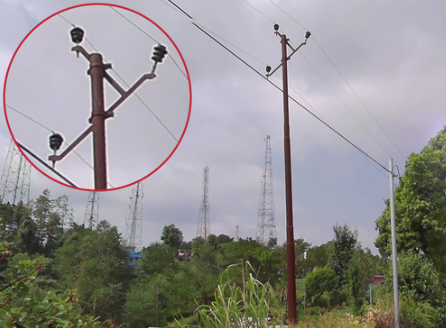
Poles with two diagonal bars forming a ‘<’ shape.
ML, occ AS, AR
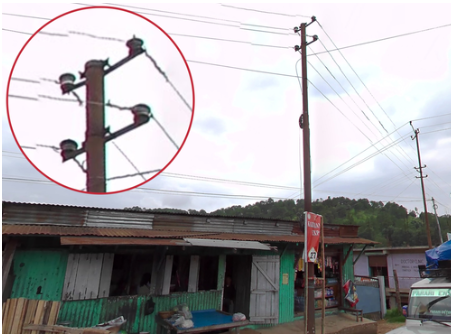
Poles with two crossbars, each with two insulators. If there are more than 2 bars, you should be in the latter two.
AS, ML, MZ
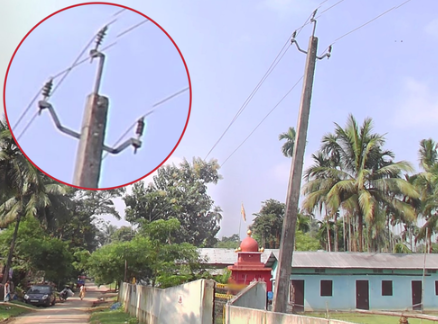
Trident poletops with the tip of the middle bar bent at a 90° angle.
AS
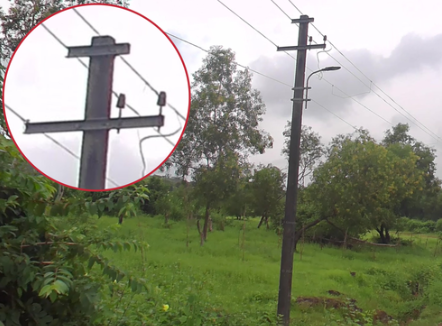
The bottom bar is wider than the top bar, and has 4 insulators while the top bar has just 2
GA
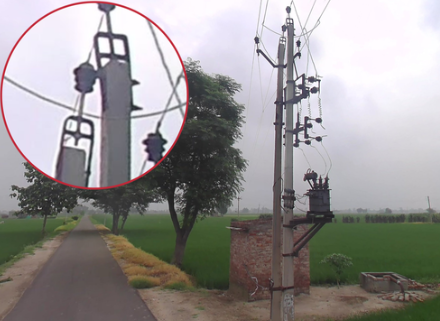
Small metal poletops in the shape of a window.
PB, HR

Markings on poles and trees, consisting of one black stripe in-between two white ones.
TN
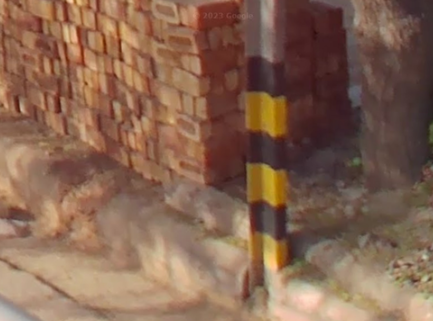
Pole paint consisting of five or more thin black and yellow stripes.
DL
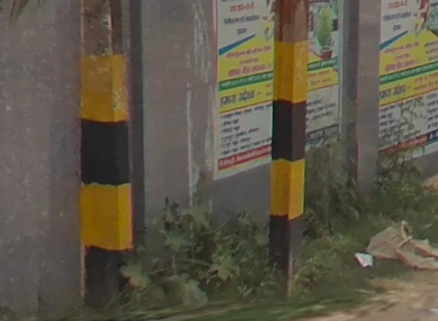
Pole paint consisting of exactly four thicker black and yellow stripes.
BR

Small yellow pole markings
KL
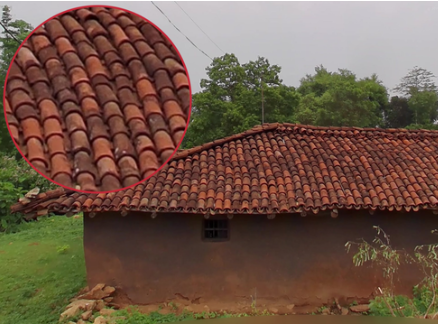
Rounded roof tiles. They often appear disorganised and are kept in rows/columns that are not completely straight.
Centre
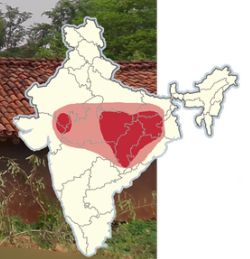
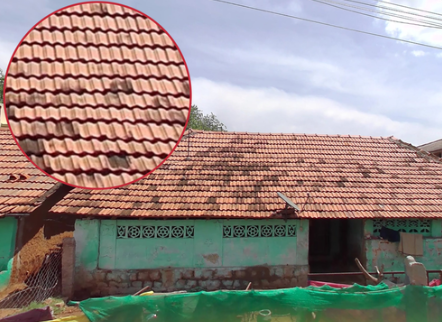
Roofs characterised by more organised tiles that are bright orange and flat with a ridge in the middle.
S esp TN
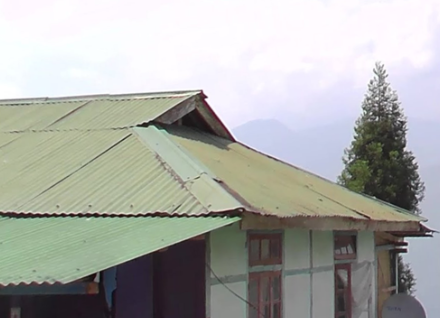
Metal roofs, with a small triangle near the top
NE
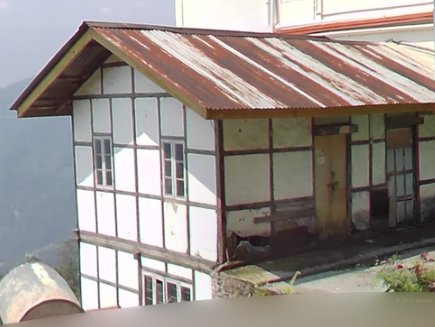
Houses made of square panels separated by thin beams
NE
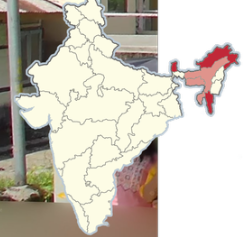
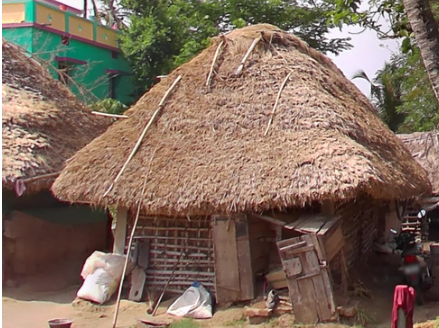
Houses or huts with thatched roofs. Large hay mounds are also generally more common in this region. Note that thatched roofs from Uttar Pradesh to Odisha tend to be made of fine pieces of hay whereas thatched roofs from Odisha to Tamil Nadu tend to be made of dried palm fans.
E coast and N plains
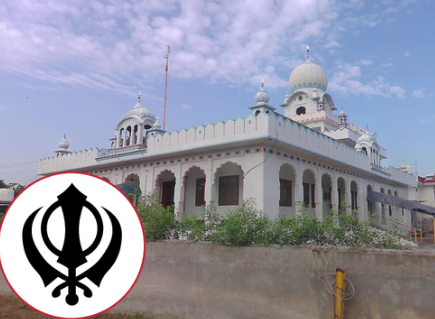
Gurdwaras, which can typically be recognised by their white domes and ornate walls.
PB
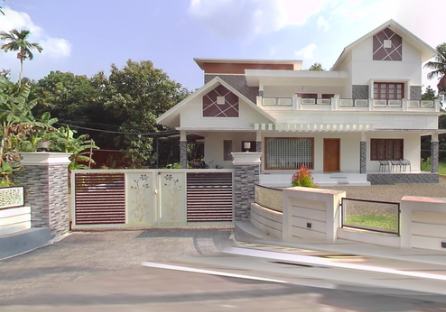
The most developed states in India and often have very wealthy and modern homes.
GA, KL

Chir pines can be identified from their generally smooth-looking conical or spherical crowns.
UK, HP, JK, W AR
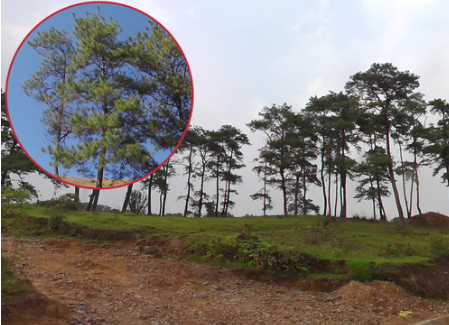
Khasi pines. While the needles appear similar to those of chir pines, the overall crown formed by its branches will appear more jagged and disorganised.
ML, MN
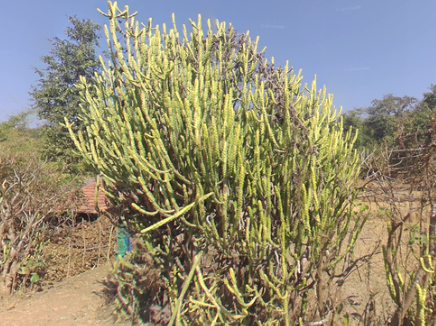
This type of cacti (Euphorbia neriifolia).
GJ, W. MH, S. RJ

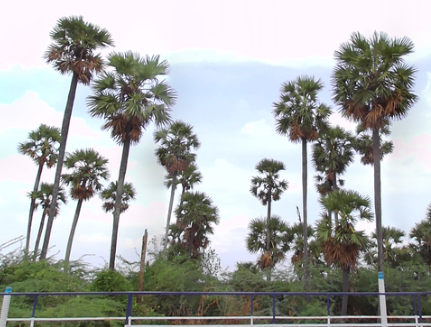
Palmyra Palms have a round crown with fan shaped leaves and a trunk with consistent thickness, giving them a lollipop shape. If you see them in large numbers…
TG, AP, TN, BR, WB, JH, OD, KL, DN
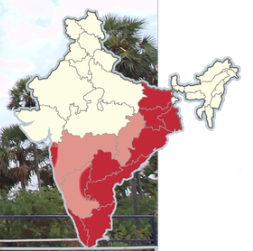
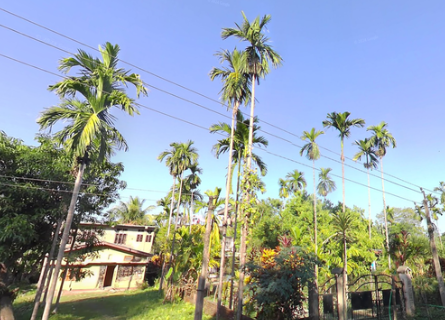
Areca Palms can be recognised by their very thin trunk and a small crown.
SW, NE, AN
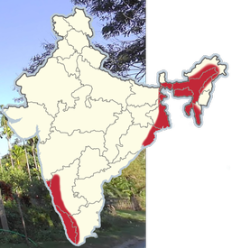

Date palms are commonly found in drier areas where there are fewer tropical and coastal palms.
Centre
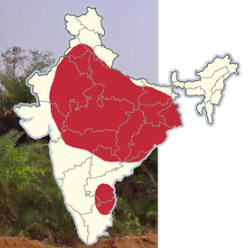

Oil palm plantations
panhandle of AP
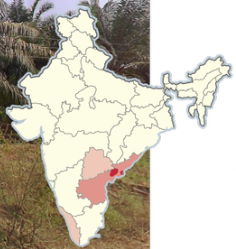

Tea plantations
NE and far SW
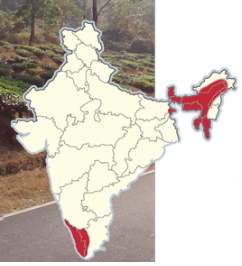
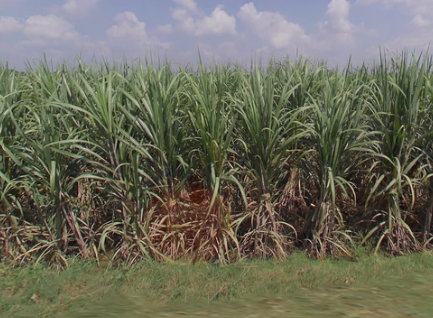
Sugarcane
UP and SW
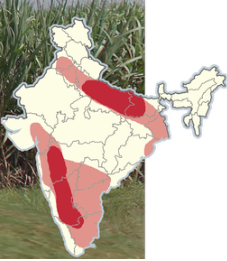
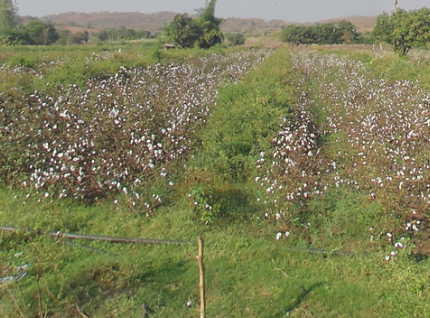
Cotton
GJ, MH

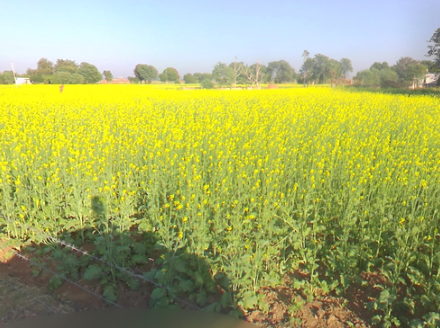
Canola
RJ
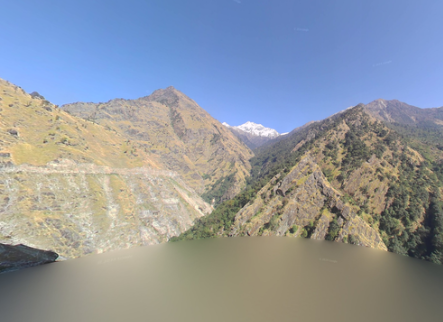
Tall mountains
Himalayas
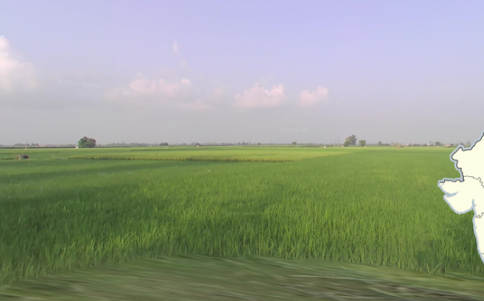
Very fertile with extremely flat and open agricultural fields.
N plains
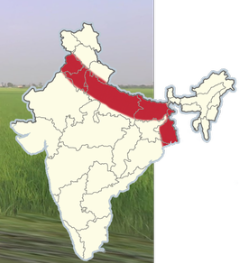
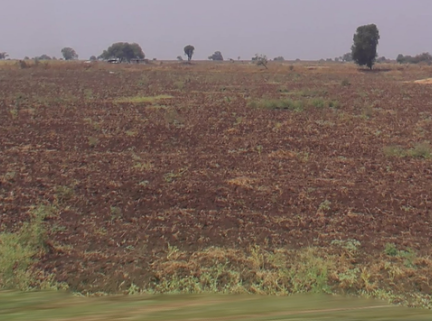
dark soil
MH
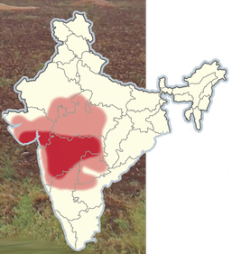
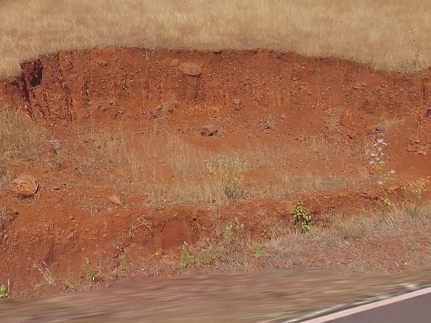
red soil
SW coast, CG, W. OD

dry landscape with sandy soil
W RJ
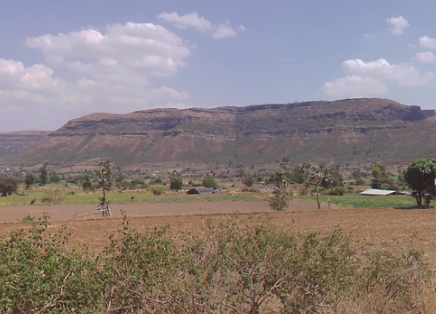
Distinct ridgelines, often having plateaus rather than peaks. The northern part is drier while the southern part has more vegetation
W MH
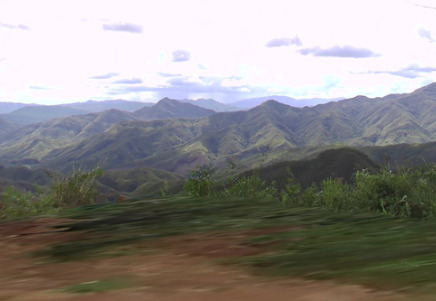
Lush, green valleys with fairly low vegetation with eroded hillsides having many small peaks scattered around
MZ
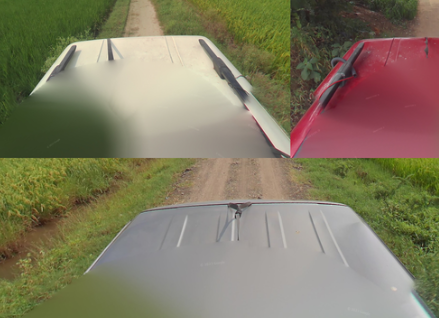
NW and centre
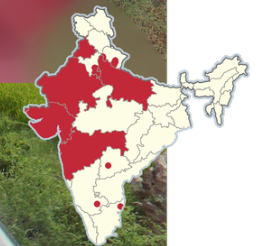
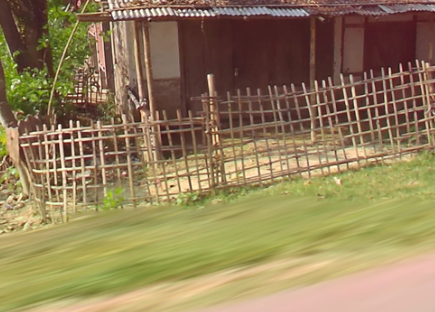
Wooden stick fences in a square pattern
NE
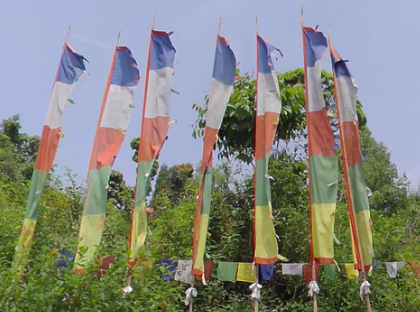
Buddhist prayer flags
SK, AR
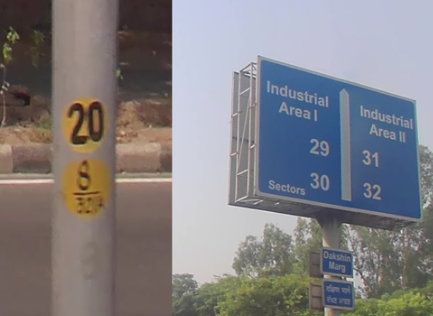
Planned industrial city. As a result, the city features a lot of unique infrastructure, such as blue signs mentioning sectors and industrial areas, round yellow markings on street lights, and street signs which will typically feature several numbers rather than street names.
CH
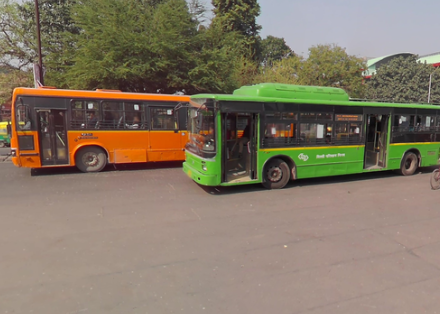
DL
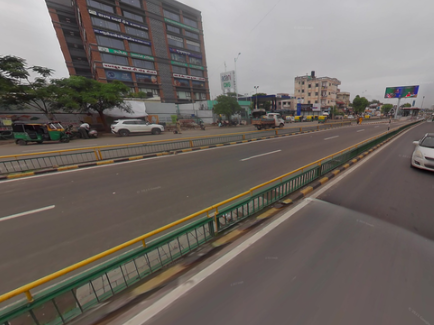
Separated middle lanes for buses. Beware that people will still often drive in these lanes.
Ahmedabad and Surat
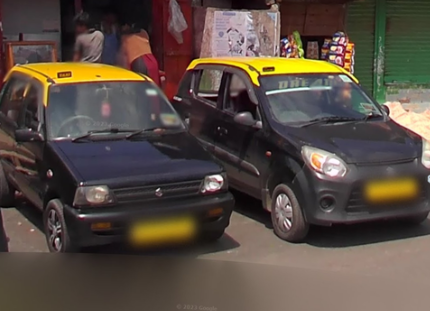
Black Taxis with yellow roofs
ML and Mumbai

Yellow bonnet or a small yellow circle on it
SK
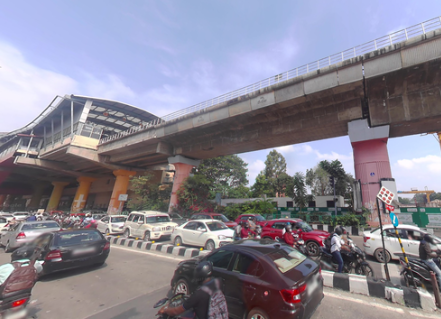
Elevated railways
Bengaluru
Chennai
Delhi
Hyderabad
Jaipur
Kochi
Kolkata
Mumbai
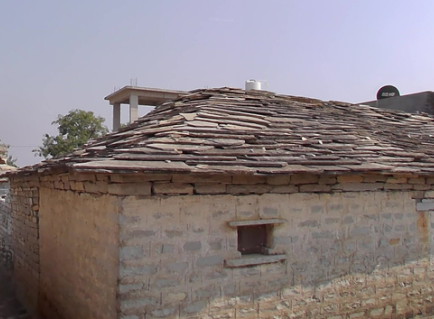
Houses with roofs made out of distinctly thin grey bricks. These grey bricks and similar coloured rocks are sometimes also seen in walls and scattered on the ground in stockyards.
Border of TG and KA
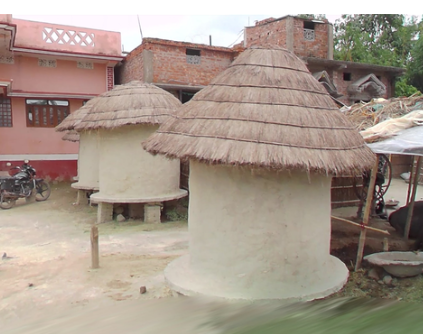
White painted clay huts
NW BR and NE UP

Wooden huts with a square pattern
C BR
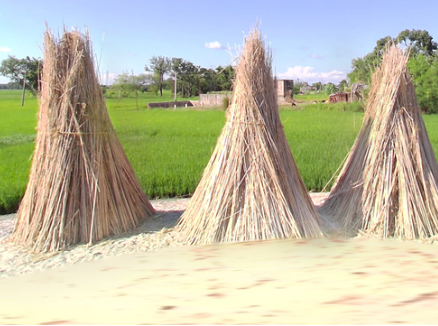
cone-shaped haystacks
E of Darbhanga in N BR
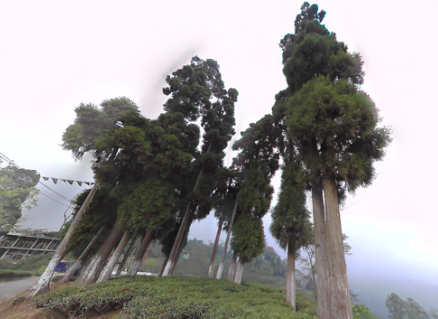
Japanese cedar trees can typically be recognised by their significant height combined with their narrow, fluffy-looking crowns.
Border of SK and WB, also ML
UK, HP
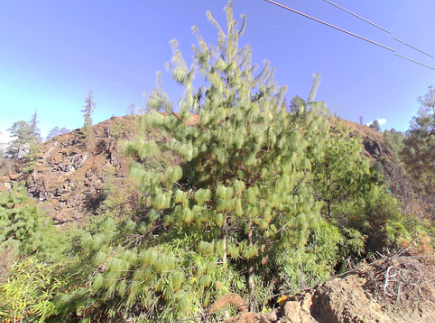
The Bhutan white pine can be recognised by its hanging needles all pointing downwards.
Mechuka Valley in AR occ, N WB

Doum palms, which appear similar to Palmyra palms but with multiple branches
DN
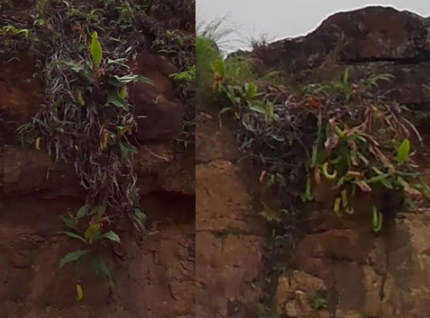
endangered Indian pitcher plant
ML
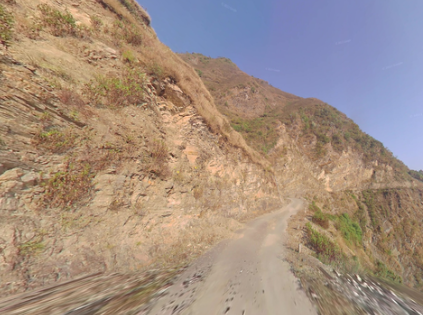
The western half of this state is typically far more barren than the other Himalayan regions, due to logging and erosion.
W UK
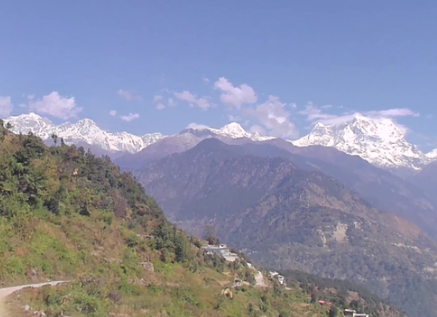
visible snow
N UK and Mechuka valley in AR
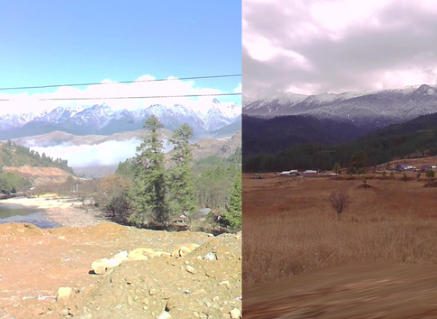
Snow on mountains. The valley contains brownish grass and a plethora of Bhutan white pine. N the coverage gradually becomes overcast and somewhat dark.
Mechuka valley
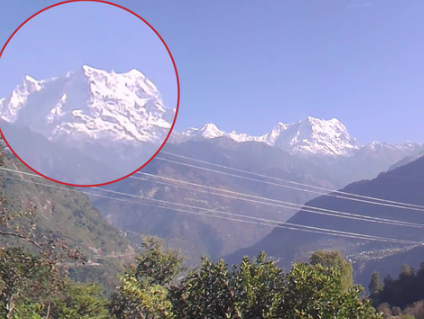
Mountain massif covered in snow which can be recognised by its three distinct peaks, with the centre peak being the tallest.

V-shaped, green eroded valleys with somewhat flat and smooth ridgetops.
S of Shillong, ML
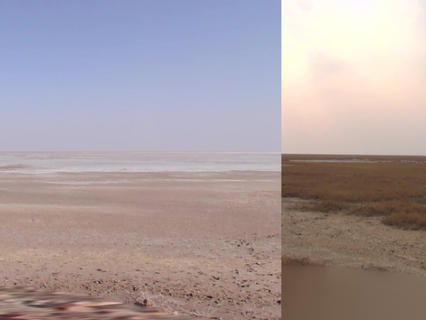
Salt flats and coastal marshes with nearly no vegetation, other than short yellow or brown grass. Shallow bodies of water can often be seen around these areas.
GJ
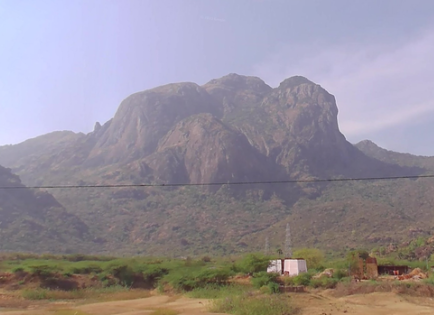
Large monolithic mountains, with huge exposed rocks.
S. TN
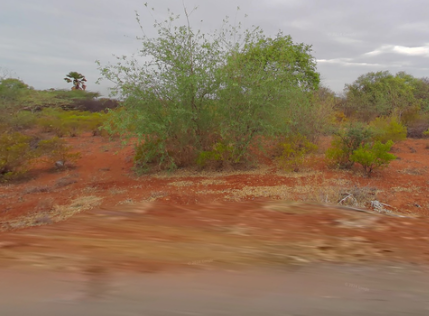
flat, bushy landscape with very red soil
S. TN
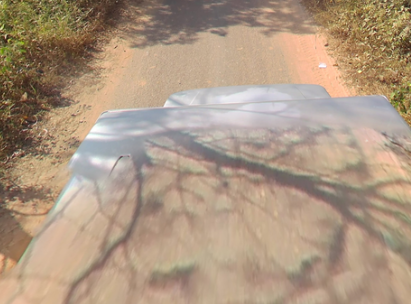
OD
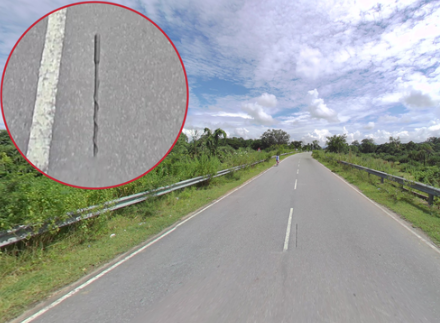
NH326, W of Brahmapur, OD
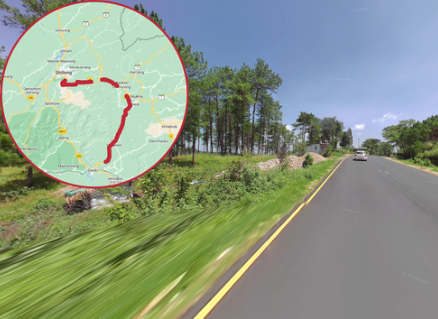
Khasi pines with distinct yellow outer road lines and fresh dark pavement.
NH6 and NH206 SE of Shillong, ML
Andhra Pradesh
AP
Arunachal Pradesh
AR
Assam
AS
Bihar
BR
Chandigarh
CH
Chhattisgarh
CG
Dadra and Nagar Haveli
DN
Daman and Diu
DD
Andaman and Nicobar Islands
AN
Delhi
DL
Goa
GA
Gujarat
GJ
